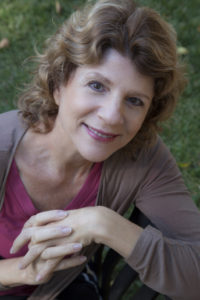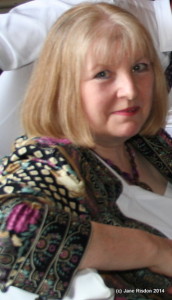 What makes a great communicator? President Ronald Reagan was known as “the great communicator.” Was it his skills as an actor or politician that afforded him this moniker? What are the qualities that help get your point across and make people take notice?
What makes a great communicator? President Ronald Reagan was known as “the great communicator.” Was it his skills as an actor or politician that afforded him this moniker? What are the qualities that help get your point across and make people take notice?
When people think about communicating, usually the first thing they think about is talking. In my opinion, talking comes second. The thing that really facilitates positive and productive communication is listening. Active listening, where you are truly paying attention to what the other person is saying. Also, listening with an open mind and keeping your ego in check go a long way towards creating a bridge rather than a moat. When you listen to someone you offer them a kind of validation, respect and consideration. And people who receive these things are more likely to give them in return. Even if you don’t agree with what the other person is saying, you can still respect their opinion and “agree to disagree” as the saying goes. Who knows? By the time the conversation ends you may find that your opinion has changed. But if you don’t hear what the other person is saying, how will you ever learn the things that change that opinion or, at the very least, be able to respond intelligently?
When the time does come to do the talking, remember that it’s not only what you say but also how you say it that often makes or breaks things. Your tone of voice, the words you choose and the way you couch them will make all the difference as to how they are received. Again, this is where keeping your ego out of the equation plays a vital role in the success of the conversation. Here are some guidelines that I feel make the communication process much easier:
- Never try to communicate in the heat of the moment. If you’ve just had an argument or if one of you is in a bad mood, continue the conversation at a later time. Unless it’s life or death, a few hours or even a day won’t matter.
- Never play the blame game. Pointing fingers never solved anything. Rather, seek solutions to the issue at hand.
- Be prepared to say, “I was wrong” and “I’m sorry”. There is no shame in that. On the contrary, it takes a very strong and confident person to make that kind of admission. And it’s amazing how much of a positive effect it has on the outcome of the situation.
- Offer opinions instead of judgments. Your way is not the only way. And someone else’s might be just as good or even better than yours.
- Express your feelings instead of your anger. If someone hurt you, tell him or her. Give them the chance to make amends. Giving them your anger will only make them defensive and shut all lines of communication down completely.
- Give advice if it’s asked for. Otherwise, inquire whether it’s wanted before you throw it out there. No one likes to feel bossed around.
- Use the words “please” and “thank you” a lot. Your mother always told you those were magic words. She was right.
That’s not to say you’ll never have an argument or that every conversation will go smoothly. But if you follow these few simple guidelines, I believe that your conversations will be more productive and positive, and arguments will be much fewer and further between.
About the Author:
Gilda Evans is an experienced wife, mother and bon vivant extraordinaire who started her first business while in college which she later sold to embark upon a career in entertainment. After nearly 15 years in the media, she willingly left behind her role as writer, producer and director at such venues as CBS, HBO Warner Brothers and Showtime in order to devote herself to her family. Later, while still in search of the ‘happily ever after’ that had eluded her, Gilda decided to share her experiences with followers on social media and the S’LIFE series was born. She is also working on the first installment of a Young Adult novel series.
Subscribe to Gilda’s Blog and Author Updates at www.gildaevans.com
Gilda is currently seeking high schools and organizations that are interested in participating in a pilot project for her book, S’LIFE, Slices of Life for Teens, prior to publication.
Links:
Official website: www.gildaevans.com
Other links:
www.Facebook.com/gildaevansauthor
www.LinkedIn.com/in/gildaevans
Disclaimer: The views and opinions expressed in guest blog posts do not reflect those of the blog host.

